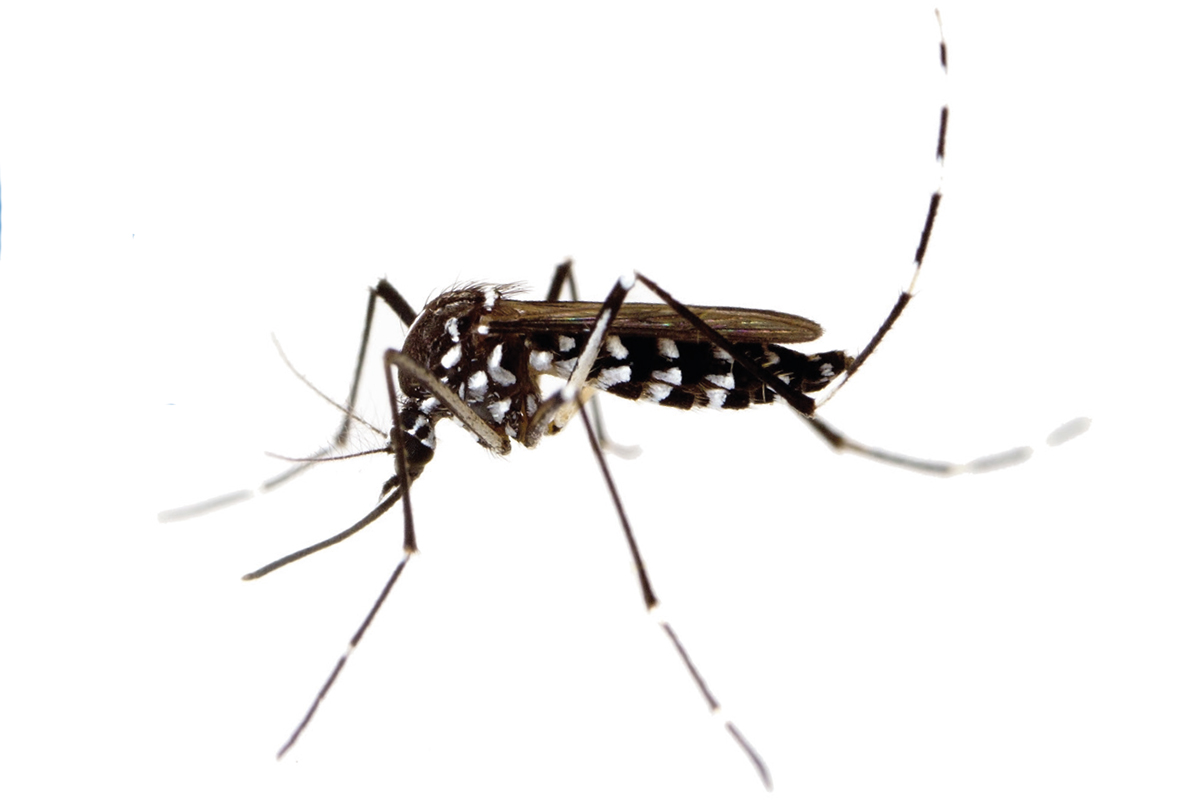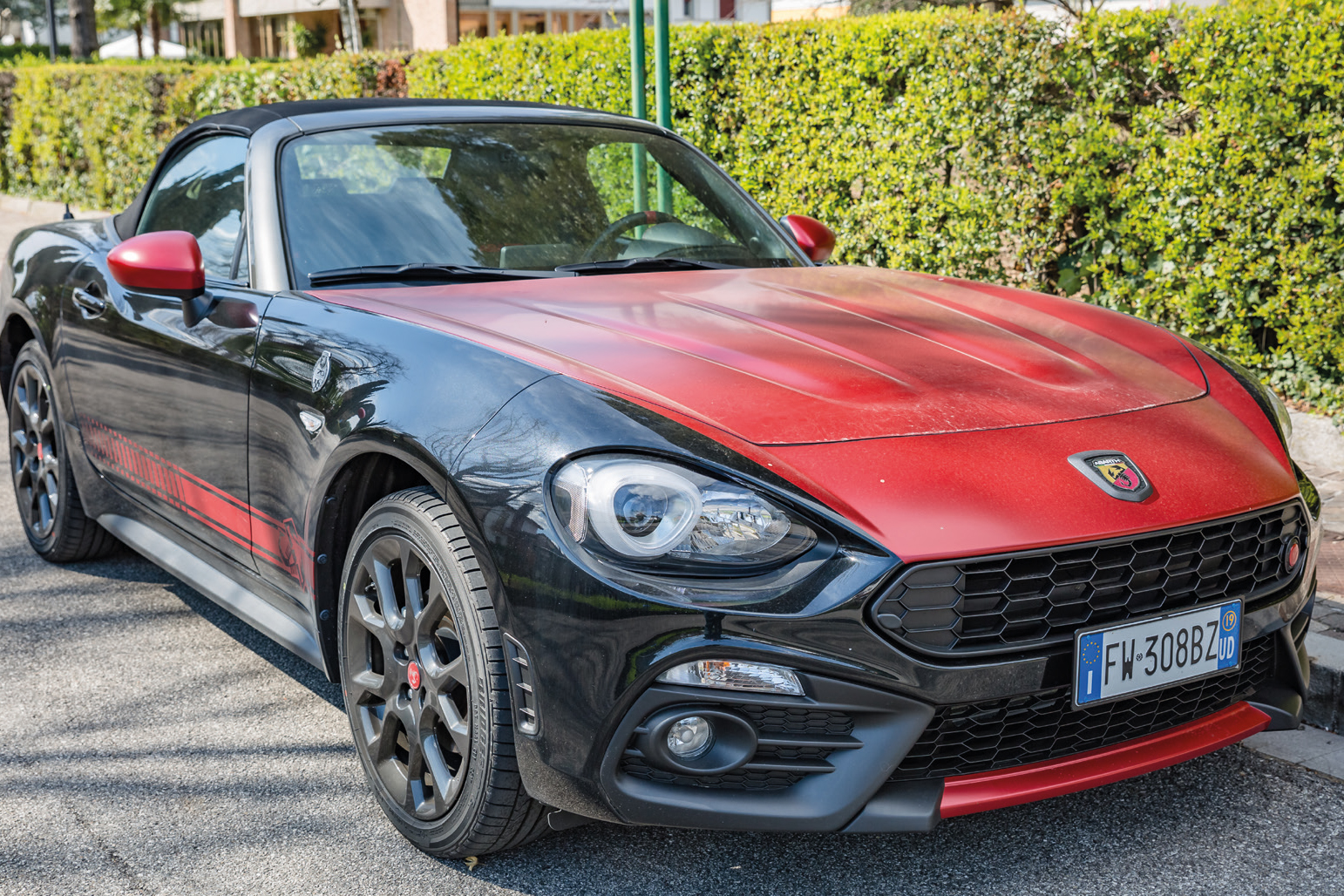
For some service industries the work stays relatively the same, but for pest controllers things are constantly on the move – literally.
Climate change is one of the factors leading to new types of pests arriving on our shores - and surviving. Below are just a few insects that are keeping us on our toes.
The Asian hornet or vespa velutina is a reportable pest which kills honey bees and can devastate a hive. Sometimes known as the Yellow-legged Hornet, it is native to Asia and usually nests high in trees and man-made structures. It hunts honeybees, other insects and also feeds on fruit and flowers.
Smaller than the native European hornet, it was introduced to France in 2004 where it has spread rapidly. A number of sightings have been recorded in the UK since 2016. The possibility that this pest could fly across the Channel has not been ruled out and it is already established in the Channel Islands – particularly Guernsey
It is important to report any suspected sightings of this species as soon as possible to www.nonnativespecies.org/alerts/asianhornet
Meanwhile, there are several new species of ant becoming established - often coming in originally in the rootballs and soil on plants from abroad and spreading from garden centres.
But it’s the Asian tiger mosquito that is Cleankill’s biggest concern out of any invasive pest; we really don’t want this one getting established. There are worries that they can come through the Channel Tunnel if local authorities don’t monitor and record sightings properly.
The tiger mosquito is a very efficient vector of a variety of mosquito-borne pathogens that cause debilitating diseases in humans and domestic animals, especially horses and dogs. It is aggressive biter that feeds primarily during the day and is a potential vector of encephalitis, dengue, yellow fever and dog heartworm.
Stink bugs are a problem when they move indoors and overwinter around window frames, rather like some species of ladybirds.
The problem is that when you sweep them away, they produce an extremely stinky smelling oil that can stain furniture and carpets.
They look like many other harmless (and sometimes beneficial) plant bugs so you need to get an ID confirmed before action can be taken.
Lastly, the amber wood cockroach (ectobius vittiventris), is a small non-pest outdoor species of cockroach that appears to be increasing in numbers and occasionally accidentally wanders into homes.
It usually feeds outdoors on decomposing plant material and doesn’t infest commodities indoors in the ways that conventional cockroach pests will do.
If it does find its way indoors, it doesn’t tend to go on cockroach traps and will usually just die anyway if it can’t find a way out.
Now employing 50 staff, award-winning Cleankill Pest Control offers eradication and preventative services for all public health pests, including: mice; rats; cockroaches; wasps; fleas; squirrels and pest birds. To arrange a free survey go to www.cleankill.co.uk





